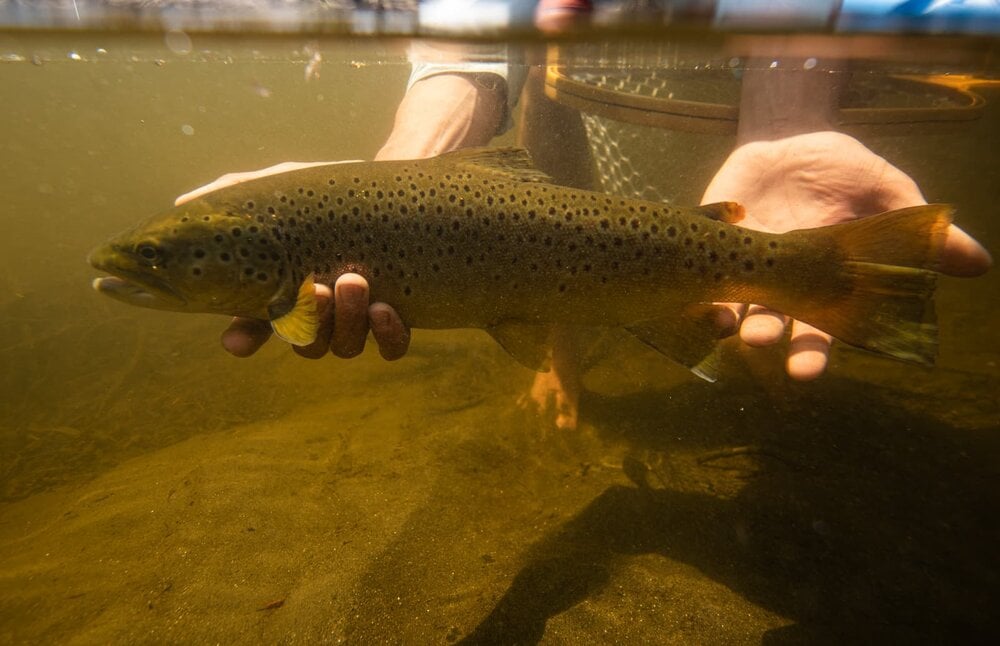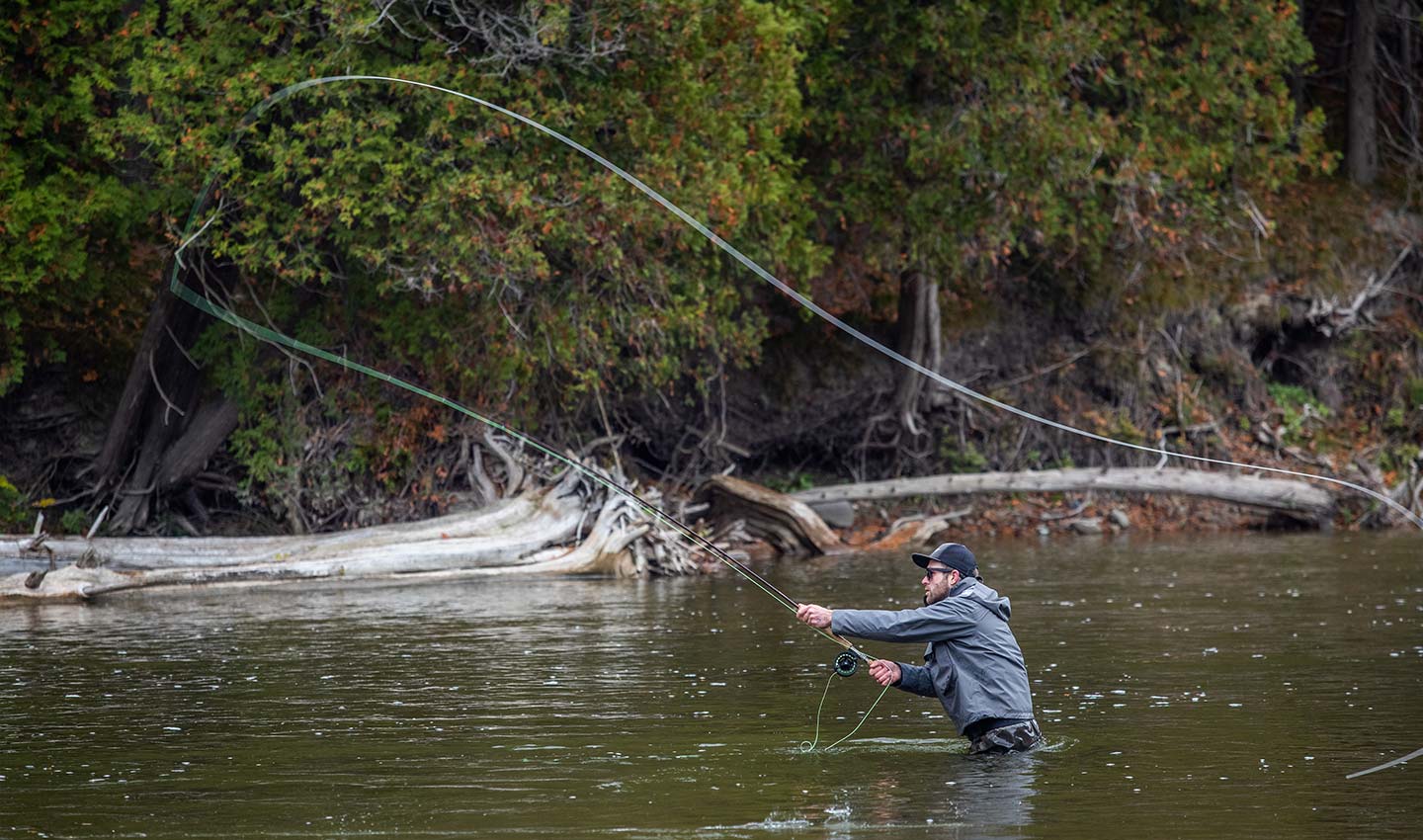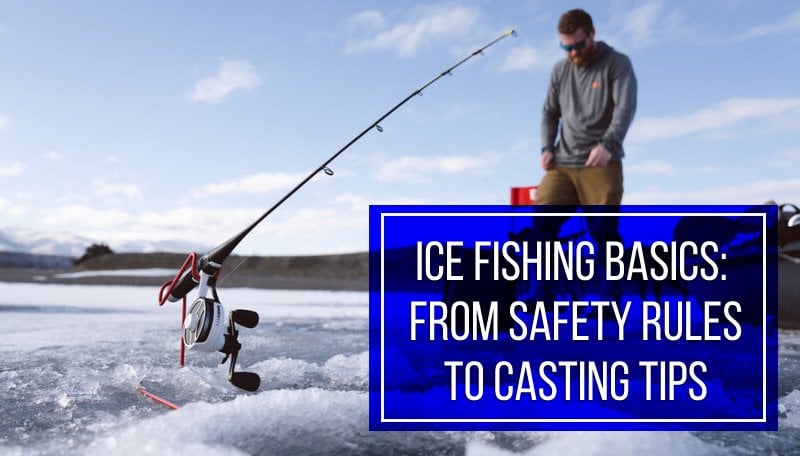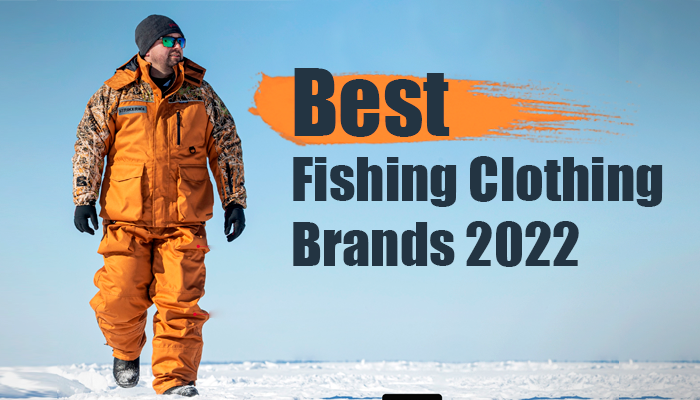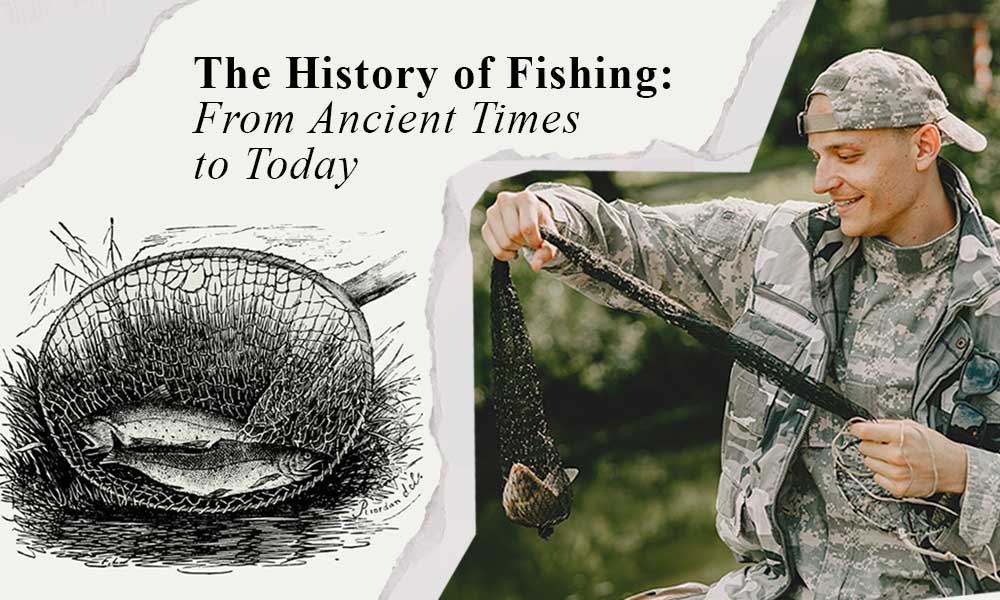Last Updated on
As the sun rises over the glassy surface of the river, the anticipation of casting your line into the water stirs an unparalleled excitement within you. Fly fishing is a unique and cherished pastime that connects us with nature and offers serenity amidst the chaos of daily life. But with this privilege comes responsibility – to preserve the beauty and tranquility of our beloved waters and ensure a harmonious experience for all who share in the pursuit of the perfect catch. In this article, we’ll delve into the essential do’s and don’ts of fly fishing etiquette, providing a guide to being a courteous and conscientious angler on the water.
By the way, if you want to know more about ice fishing safety and techniques, welcome to one of our earlier posts.
Table of Contents
Do respect the space of other anglers
Don’t litter
Do handle fish with care
Don’t trespass on private property
Do practice good catch-and-release techniques
Don’t hog prime fishing spots
Do follow local fishing regulations
Don’t disturb wildlife
Do maintain a low profile
Don’t wade through spawning beds
Do educate others
Conclusion
Do respect the space of other anglers
When you’re out on the water, it’s essential to be mindful of fellow fly fishers and their need for space. A peaceful and enjoyable experience can quickly be disrupted if anglers constantly cross fly lines or interrupt casts. As a rule of thumb, give at least 100 feet of distance between you and others, or more if possible. It allows everyone to cast freely, avoid tangles, and maintain a sense of solitude while still enjoying the camaraderie of a shared passion.
Don’t litter
Preserving the pristine beauty of our fishing spots is a top priority for all anglers. To do your part, always pack out any trash you bring in, including discarded fishing line, tackle, and snack wrappers. Litter not only detracts from the natural environment but can also harm wildlife. By keeping our waters and shores clean, we ensure a healthy ecosystem and an enjoyable experience for all who visit.
Do handle fish with care
Catching a fish is an exhilarating moment, but it’s crucial to remember that these creatures deserve our respect and care. When practicing catch-and-release, wet your hands before handling the fish to minimize damage to their protective slime layer. Use barbless hooks for easier removal, and if possible, avoid taking the fish out of the water. Following these practices, you help ensure the fish’s health and survival upon release.
Don’t trespass on private property
Respecting property rights is an essential component of stream etiquette. Always obtain permission or the necessary permits before fishing on private lands or restricted areas. Trespassing not only damages the reputation of the fly fishing community but can also lead to fines or legal action. By adhering to property boundaries and regulations, you help maintain positive relationships between landowners and anglers.
Do practice good catch-and-release techniques
Proper catch-and-release techniques are vital for preserving fish populations and ensuring a sustainable future for the sport. Use appropriate fishing gear, such as landing nets and hemostats, to safely handle and release fish back into the water. Minimize the time the fish spends out of the water, and if necessary, allow it to recover before releasing it gently back into its environment.
Don’t hog prime fishing spots
Sharing is caring, especially when it comes to those coveted, fish-rich locations. Be considerate of other anglers by not monopolizing high-traffic areas for extended periods. Rotate in and out of popular spots, enabling others to have a chance at reeling in their dream catch. It fosters goodwill among fellow fly fishers and helps distribute fishing pressure more evenly across the water.
Do follow local fishing regulations
Staying informed about size and bag limits as well as any seasonal or species-specific restrictions is crucial for responsible angling. Adhering to these regulations helps protect fish populations and maintain a healthy ecosystem. Before heading out on the water, consult your local fish and wildlife agency or a trusted source for current rules and regulations.
Don’t disturb wildlife
While fly fishing offers an opportunity to connect with nature, it’s important to remember that we are visitors in the habitats of various birds and animals. Be mindful of your surroundings and avoid disturbing wildlife by keeping noise levels down, wearing fishing clothing that blends in with the environment, and refraining from sudden movements. Respecting the natural world around us enhances our own experience and preserves these precious ecosystems for future generations.
Do maintain a low profile
A stealthy approach can not only improve your chances of catching fish but also minimize stress on fish and other wildlife. By maintaining a low profile, you help preserve the peaceful atmosphere that makes fly fishing such an appealing escape from daily life. Blend in with the environment, move slowly and deliberately, and keep noise to a minimum to avoid spooking fish or disturbing other anglers.
Don’t wade through spawning beds
Treading lightly is essential when it comes to protecting the future of fish populations. Be aware of sensitive areas, such as spawning beds, where fish lay their eggs, and avoid wading through them. Crushing these delicate nests can have devastating consequences for fish reproduction and overall population health. By taking care to avoid wading in these areas, you contribute to the long-term sustainability of our cherished sport.
Do educate others
Knowledge is power, and sharing the principles of fly fishing etiquette with new anglers helps foster a respectful and responsible community. By educating others on best practices, we ensure that future generations can continue to enjoy the beauty, tranquility, and challenge that fly fishing offers. Pass on your wisdom and experience, and together, we’ll preserve the integrity of this beloved pastime.
Conclusion
Make sure it’s a positive and enjoyable experience for everyone with good etiquette. Respect your fellow anglers’ space and rights to fish, follow local regulations, and treat the environment with care. These simple do’s and don’ts establish camaraderie and sportsmanship, the heart and soul of fly fishing. Remember, etiquette is more than just following rules; it’s a mindset of kindness and respect that makes the fly fishing community so special. So let’s show our appreciation and make the most of what nature has to offer!
Check out our other articles on fishing:
- How to Care of Your Fishing Rod & Reel
- Most Common Types of Fishing Techniques
- How to Select the Right Fishing Rod Length
- How to Choose the Best Ultralight Fishing Rods
- Types of Fishing Reels: A Complete Guide
FAQ
Why is fly fishing etiquette important?
Fly fishing etiquette is important because it ensures a positive and enjoyable experience for all anglers on the water. Practicing good etiquette promotes a sense of camaraderie and sportsmanship, and helps preserve the environment.
What are some examples of good fly fishing etiquette?
Examples of good fly fishing etiquette include respecting other anglers’ space, following local regulations, avoiding crowded areas, and treating the environment with care.
What are some examples of bad fly fishing etiquette?
Examples of bad fly fishing etiquette include casting over another angler’s line, leaving trash or litter on the water, disturbing other anglers’ fishing spots, and breaking local regulations.
What should I do if someone is not following fly fishing etiquette?
If someone is not following fly fishing etiquette, it is important to approach them politely and respectfully. Remind them of the proper etiquette and explain how their actions are impacting others. If the situation escalates, it may be best to contact local authorities.

